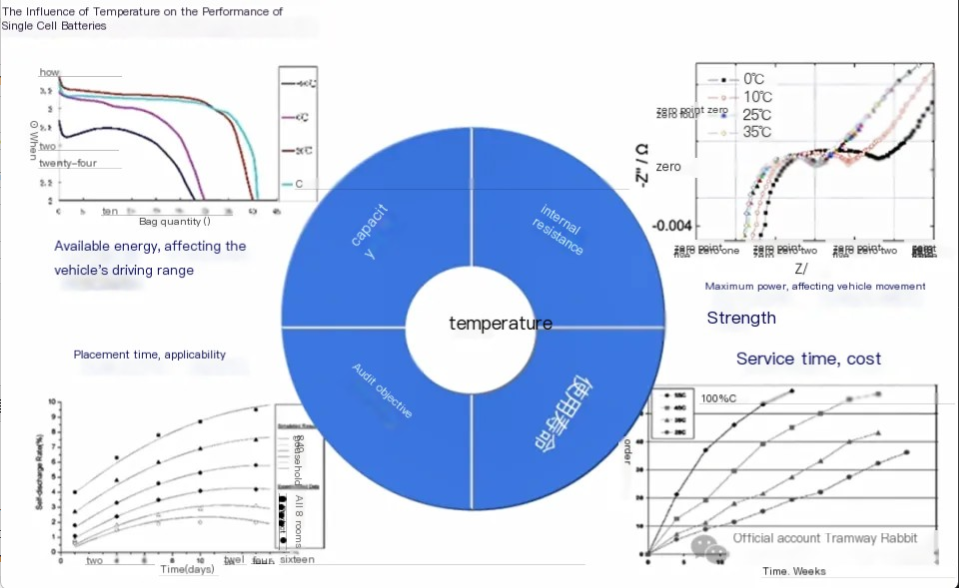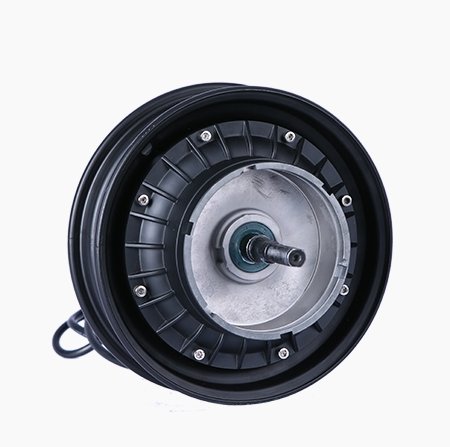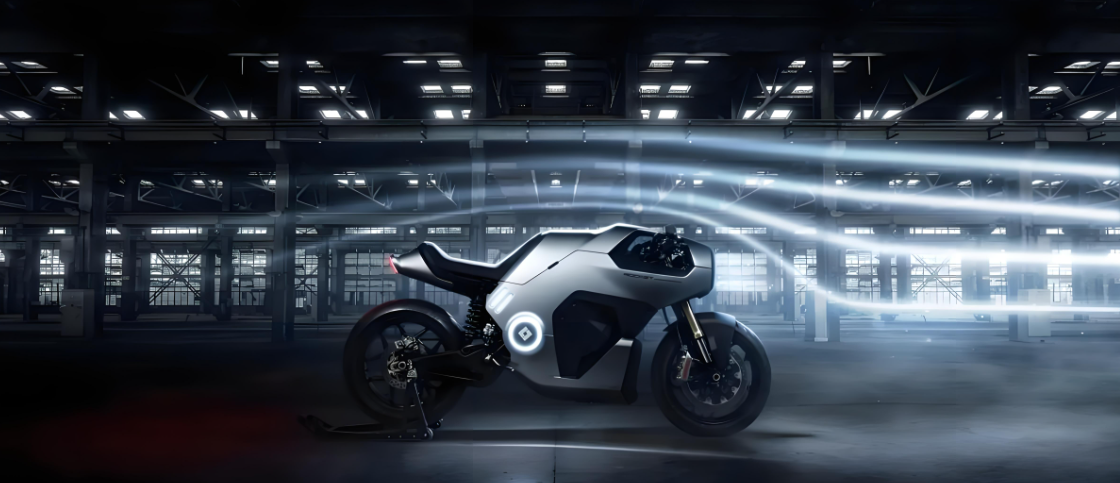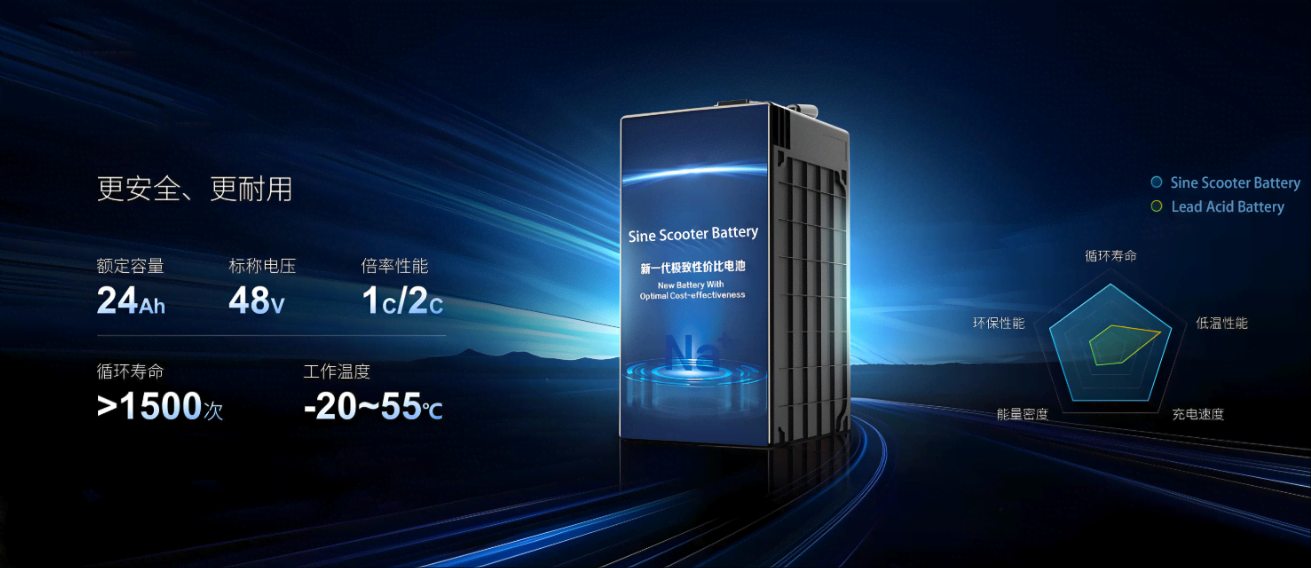
The Evolution and Breakthroughs of High-Performance Battery Technology for electric motorcycles: A Dual Focus on Range and Lifespan
Abstract: With the growing popularity of electric motorcycles, the development of high-performance battery technology has become crucial. This article delves into the evolution and significant breakthroughs in high-performance battery technology for electric motorcycles, with a particular emphasis on the dual aspects of range and lifespan.
I. Introduction
Electric motorcycles have emerged as a sustainable and efficient mode of transportation, offering a viable alternative to traditional gasoline-powered Motorcycles. At the heart of their performance lies the battery technology. The evolution of high-performance battery technology has been a key driver in the growth and acceptance of electric motorcycles. This article aims to explore the significant advancements and breakthroughs in this field, focusing on how they have improved the range and lifespan of electric motorcycle batteries.
II. The Evolution of High-Performance Battery Technology
A. Early Battery Technologies
In the early days of electric motorcycles, lead-acid batteries were commonly used. While they provided a basic level of energy storage, they had several limitations. They were heavy, had relatively low energy density, and a short lifespan. This meant that the range of electric motorcycles was limited, and they required frequent recharging.
B. The Advent of Nickel-Metal Hydride (NiMH) Batteries
NiMH batteries represented a significant step forward in battery technology for electric motorcycles. They offered higher energy density compared to lead-acid batteries, allowing for longer ranges between charges. They were also lighter and more durable, contributing to an overall improvement in the performance of electric motorcycles. However, NiMH batteries still had some drawbacks, such as relatively high self-discharge rates and limited cycle life.
C. The Rise of Lithium-Ion (Li-ion) Batteries
Lithium-ion batteries have become the dominant technology in electric motorcycle batteries today. They offer several advantages over previous generations of batteries. Firstly, they have a much higher energy density, enabling Electric motorcycles to achieve longer ranges on a single charge. Secondly, they have a lower self-discharge rate, meaning they can retain their charge for longer periods when not in use. Additionally, Li-ion batteries have a relatively long cycle life, allowing them to withstand more charging and discharging cycles before their performance degrades.
III. Breakthroughs in Improving Range
A. Advanced Electrode Materials
One of the key breakthroughs in improving the range of electric motorcycle batteries has been the development of advanced electrode materials. For example, the use of lithium iron phosphate (LiFePO4) cathodes in Li-ion batteries has increased their energy density. This has allowed electric motorcycle manufacturers to design batteries with higher capacities, thereby extending the range of their vehicles.
B. Battery Management Systems (BMS)
Another important breakthrough is the integration of sophisticated battery management systems. BMSs play a crucial role in optimizing the performance of batteries. They monitor and control parameters such as voltage, current, and temperature, ensuring that the battery operates within its optimal range. By efficiently managing the charging and discharging processes, BMSs help to reduce energy losses and maximize the available energy stored in the battery, thus increasing the range of Electric motorcycles.
C. Lightweight Battery Designs
Manufacturers have also focused on developing lightweight battery designs to reduce the overall weight of electric Motorcycles. Lightweight batteries not only improve the range but also enhance the handling and acceleration of the vehicles. Advanced manufacturing techniques and the use of lightweight materials, such as carbon fiber composites, have enabled the production of batteries that are both compact and lightweight.
IV. Breakthroughs in Extending Lifespan
A. Improved Electrolyte Formulations
The electrolyte is a critical component of lithium-ion batteries, and advancements in electrolyte formulations have played a significant role in extending battery lifespan. New electrolytes with enhanced chemical stability and resistance to degradation have been developed. These electrolytes are less likely to break down over time, reducing the formation of harmful byproducts that can cause battery capacity loss.
B. Protective Coatings and Structures
To protect the battery from damage during operation and storage, manufacturers have applied protective coatings and designed advanced battery structures. For example, the use of solid electrolyte interphases (SEIs) can prevent the direct contact of the electrolyte with the electrode materials, reducing the rate of degradation. Additionally, battery designs that incorporate internal support structures can enhance the mechanical strength of the battery, making it more resistant to mechanical stress and thermal cycling.
C. Predictive Maintenance and Health Monitoring
With the integration of advanced sensors and data analytics, electric motorcycle batteries can now be monitored and maintained more effectively. Predictive maintenance algorithms can analyze the battery's performance data in real-time, detecting early signs of degradation or potential failures. This allows for proactive interventions, such as adjusting the charging strategy or replacing specific battery components, thereby extending the lifespan of the battery.
V. Conclusion
The evolution and breakthroughs in high-performance battery technology for electric motorcycles have significantly improved the range and lifespan of these vehicles. Advanced electrode materials, sophisticated battery management systems, and lightweight battery designs have led to longer ranges, while improved electrolyte formulations, protective coatings, and predictive maintenance have extended battery lifespans. As technology continues to advance, we can expect further improvements in electric motorcycle battery technology, paving the way for more sustainable and efficient transportation solutions.












Add comment
Add comment: